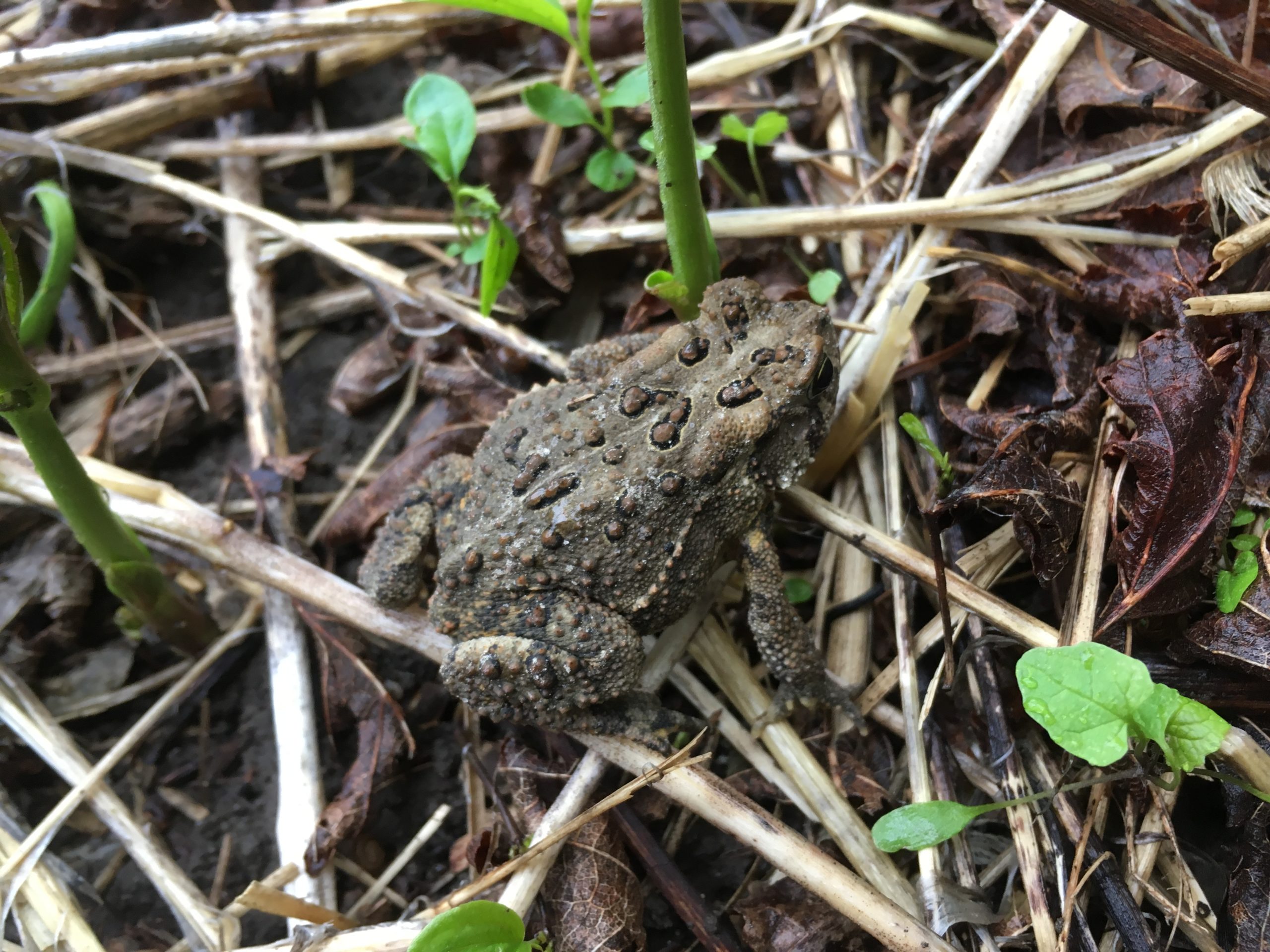It is almost impossible to walk anywhere in the winter without stepping on road salt. Every year, hundreds of thousands of tonnes of road salt are applied to the streets of Toronto.¹
Why is excess road salt bad?
Excess road salt can:
- Run off into our water systems and harm aquatic wildlife²
- Damage infrastructure due to chemicals that cause accelerated corrosion³
- Hurt our pets if they ingest it or step on it
- Salt can also attract wildlife to roadsides to lick it where they can be killed by cars or bikes.
- Salt reduces the ability of many native plants to survive by altering the soil and drying them out, and supports the spread of some invasive plant species that tolerate salt.
How can road salt damage our water systems?
Chemicals from road salt stay in our environment. When snow and ice melt, chemicals from road salt wash into our water systems and create increased levels of chloride in our freshwater systems – sometimes causing chloride toxicity to freshwater organisms.⁴ For example, freshwater species such as fish and turtles have shown early mortality rates, stunted growth, and decreased reproductive ability due to chloride toxicity.⁵
Think about the countless rivers and creeks that run through Toronto and of course, Lake Ontario which connects to the larger Great Lakes system. It is incredibly easy for road salt to enter our waterways, so we must be careful how we use it.
Your role as a private property owner
Excessive road salt application on private property may be the cause of over 50% of chloride contamination in the Great Lakes.⁶ Private property owners play a huge role in this – you have a personal responsibility to be smart about road salt application on your own land.
How to be responsible with road salt
- Only apply road salt where necessary and use it sparingly – no need to salt where you aren’t going to walk!
- The instructions on the salt package will tell you how much is needed to work. It will be better for the environment and your wallet to stick to the minimum amount.
- If your main purpose for using road salt is to create traction on slippery ice, try using a road salt alternative like sand instead.
Learn more about reducing the use of road salt and how to salt correctly.
Learn more about the City of Toronto salt management plan.
Footnotes
1 – City of Toronto. 2022. Salt Management Plan. Retrieved from: https://www.toronto.ca/services-payments/streets-parking-transportation/road-maintenance/winter-maintenance/salt-management-plan/
2 – Elphick, J. R., Bergh, K. D., & Bailey, H. C. (2010). Chronic toxicity of chloride to freshwater species: Effects of hardness and implications for water quality guidelines. Environmental Toxicology and Chemistry, 30(1), 239–246.
3 – City of Toronto. (2022). Reducing the Use of Road Salt. Retrieved from: https://www.toronto.ca/services-payments/water-environment/live-green-toronto/reducing-the-use-of-road-salt/
4 – Elphick, J. R., Bergh, K. D., & Bailey, H. C. (2010). Chronic toxicity of chloride to freshwater species: Effects of hardness and implications for water quality guidelines. Environmental Toxicology and Chemistry, 30(1), 239–246.
5 – Evans, M. (2001). The effects of road salts on aquatic ecosystems. Environment Canada Water Science and Technology Directorate, 2, 1-162.
6 – City of Toronto. (2022). Reducing the Use of Road Salt. Retrieved from: https://www.toronto.ca/services-payments/water-environment/live-green-toronto/reducing-the-use-of-road-salt/

